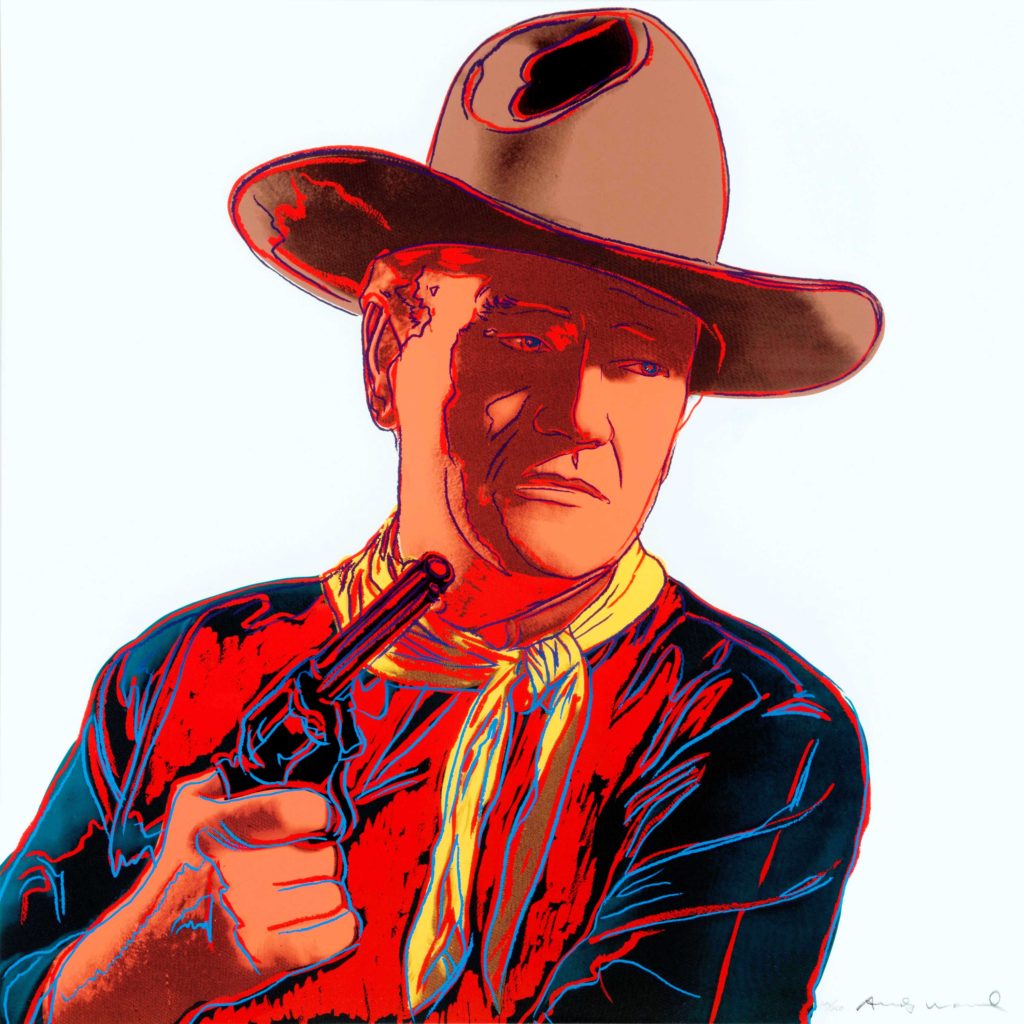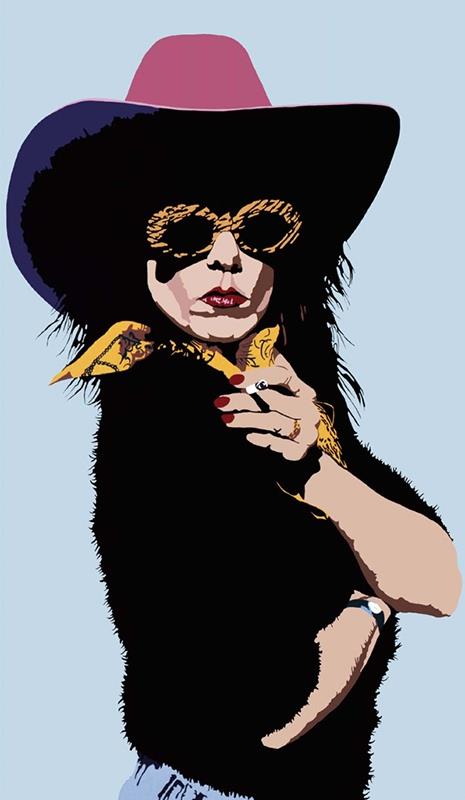
The Briscoe Western Art Museum presents “Andy Warhol: Cowboys and Indians,” featuring works by the legendary artist that portray iconic Western images, and a companion exhibition, “Billy Schenck: Myth of the West,” by the contemporary artist who founded the Western Pop movement.

Andy Warhol was the undisputed leader of American Pop Art — a movement characterized by the use of household items, advertising images, and commercial printing techniques. Warhol’s 1986 “Cowboys and Indians” series pays tribute to the archetypal symbols of a popular and romanticized version of the American West.
Warhol had the tremendous gift of understanding the myths of the baby boomer generation. His ability to identify images that expressed the essence of the boomers can be seen in his early work in the 1960s, including “Soup Cans” and the “Elvis Presley” series. The “Cowboys and Indians” series, Warhol’s last major project before he passed in 1987, pays tribute to the archetypal symbols of a popular, romanticized version of the American West. Distilling an ocean of imagery down to ten prints, Warhol challenged the meaning of playing “Cowboys and Indians” in American media culture.

A founder of the Western Pop movement, Billy Schenck combined influences from his many artist-heroes in the Pop movement — including Roy Lichtenstein — in his exploration of every aspect of the West’s potent iconography. In his early work, Schenck found inspiration and image sources in Western paintings and movie stills, but being a genuine cowboy himself, he increasingly turned to his personal photographs for material. With his signature reductivist style, Schenck transformed traditional Western images from a realist’s replica of detail into flat, sharply defined, simplified areas of color and stylized patterns.

Both exhibitions are on display at the Briscoe Western Art Museum through September 3, 2018. For more information, please visit BriscoeMuseum.org.
Sign up to receive Fine Art Today, the weekly e-newsletter from
Fine Art Connoisseur magazine.








Good Afternoon..I have a serigraph, Anything Can Happen in the Afternoon, was wondering if I could consign it to you for your upcoming June 7/8 Exhibit and sale? If possible please contact me..Thanks Marc
Hello, Marc! Please contact the museum directly for inquiries such as this: BriscoeMuseum.org. Thank you!